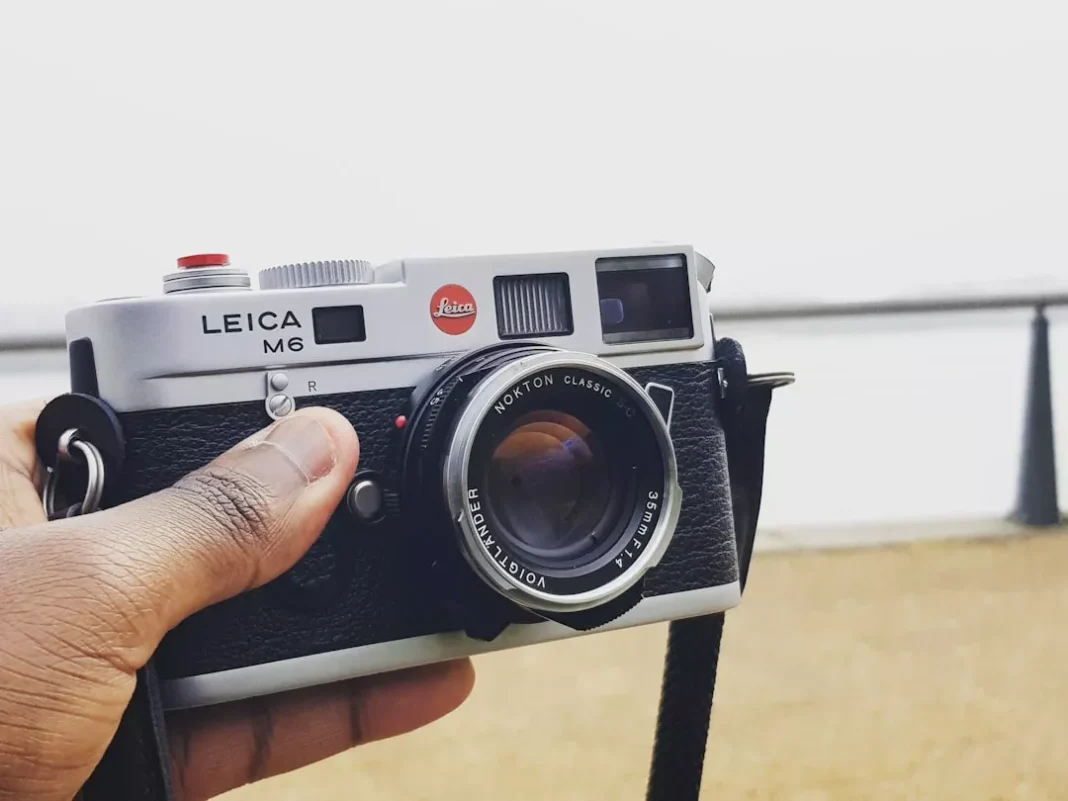In the fight against organized crime, one name stands out as a symbol of courage and determination – claudio La camera. The Italian prosecutor has been at the forefront of the battle against the Mafia, leading a cultural revolution that has shaken the foundations of this criminal organization. La camera‘s relentless pursuit of justice has not only resulted in the conviction of numerous Mafia members, but also in the establishment of a museum dedicated to exposing the inner workings of the notorious ‘ndrangheta.
La camera‘s journey to becoming a prominent figure in the fight against the Mafia began in the early 1990s, when he was appointed as a prosecutor in the city of Reggio Calabria, located in the heart of the ‘ndrangheta‘s territory. It was here that he first encountered the devastating effects of the Mafia’s grip on society. He witnessed firsthand the fear and corruption that permeated every aspect of life in the region, and he knew that something had to be done.
With a strong sense of duty and an unwavering commitment to justice, La camera began his crusade against the Mafia. He was determined to break the code of silence that protected the criminal organization and to bring its members to justice. His efforts were met with resistance and threats, but he refused to back down. He knew that the only way to defeat the Mafia was to expose its true nature to the world.
In 2010, La camera made history when he successfully prosecuted the first ever trial against the ‘ndrangheta. The trial, known as the “claudio La camera processo,” resulted in the conviction of 40 members of the criminal organization, including its leaders. This groundbreaking achievement sent shockwaves through the Mafia and served as a warning that their reign of terror was coming to an end.
But La camera‘s fight against the Mafia did not stop there. In 2012, he led another high-profile trial, known as the “claudio La camera condannato,” which resulted in the conviction of 24 more members of the ‘ndrangheta. This time, the trial focused on the financial activities of the criminal organization, exposing its vast network of money laundering and illegal businesses. The trial was a major blow to the Mafia’s economic power and further weakened its grip on the region.
In recognition of his remarkable achievements, La camera was appointed as the chief prosecutor of the Anti-Mafia District Directorate in Calabria. In this role, he continued to lead the fight against the Mafia, working tirelessly to dismantle its operations and bring its members to justice. But La camera‘s efforts were not limited to the courtroom. He also recognized the importance of educating the public about the Mafia and its impact on society.
In 2014, La camera spearheaded the creation of the “museo della ‘ndrangheta,” a museum dedicated to exposing the inner workings of the Mafia. The museum, located in the heart of Reggio Calabria, features exhibits that showcase the history, culture, and crimes of the ‘ndrangheta. It also serves as a memorial to the victims of the Mafia and a reminder of the ongoing fight against organized crime.
Thanks to claudio La camera‘s unwavering determination and dedication, the cultural revolution against the Mafia in Calabria has gained momentum. The once powerful and feared criminal organization is now on the decline, and the people of the region are no longer living in fear. La camera‘s legacy will continue to inspire future generations to stand up against injustice and fight for a better, safer society.
In conclusion, claudio La camera‘s contributions to the fight against the Mafia are immeasurable. His courage, determination, and unwavering commitment to justice have made him a hero in the eyes of many. The establishment of the “museo della ‘ndrangheta” is a testament to his legacy and a symbol of hope for a future free from the grip of organized crime. Let us all be inspired by La camera‘s example and join the cultural revolution against the Mafia.
Trending Now

